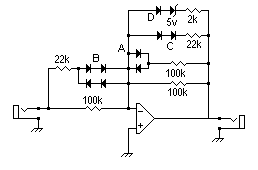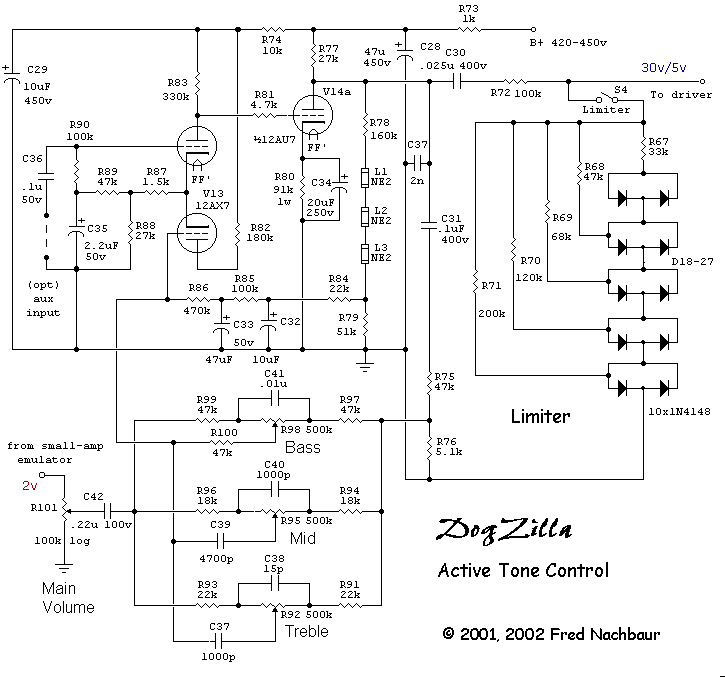I have a Zendrive and a Barber Burn Unit Small Fry that I borrowed from a friend at my house right now. I've been taste testing these against my Nady TO-2 (a high voltage tube pedal (1 tube) with removed clipping diodes), a DOD 250 overdrive (with greatly emasculated diodes and the vintage spec. .01 input cap for max fatness), and a stock Dano Drive.
I think the Zendrive is extremely overrated. I like the Small Fry somewhat better. The Dano actually sounds purty great with the distortion below halfway. The DOD sounds really great if I have just a very little clipping on it. The Nady doesn't distort much since I removed the diodes but what distortion it does make absolutely distroys the others. The difference is obviously the clipping diodes. I hate the damn things. They sound fuzzy and buzzy, have unnatural decay characteristics, they kill your dynamics, they have a too easy sustain that just doesn't sound real. Shall I go on? Great strides seem to have been made of late with the EQ aspects of pedal design, but always there's that attack of the killer bees thing going on underneath.
Is there an alternative to diode clipping in pedals? Surely we can do better than this.
I've always just used clean boosters to overdrive the amp (which is essentially how I'm using the DOD and the Nady) but the volume, my god, the volume! Sometimes it's just not practical.
What say ye?
I think the Zendrive is extremely overrated. I like the Small Fry somewhat better. The Dano actually sounds purty great with the distortion below halfway. The DOD sounds really great if I have just a very little clipping on it. The Nady doesn't distort much since I removed the diodes but what distortion it does make absolutely distroys the others. The difference is obviously the clipping diodes. I hate the damn things. They sound fuzzy and buzzy, have unnatural decay characteristics, they kill your dynamics, they have a too easy sustain that just doesn't sound real. Shall I go on? Great strides seem to have been made of late with the EQ aspects of pedal design, but always there's that attack of the killer bees thing going on underneath.
Is there an alternative to diode clipping in pedals? Surely we can do better than this.
I've always just used clean boosters to overdrive the amp (which is essentially how I'm using the DOD and the Nady) but the volume, my god, the volume! Sometimes it's just not practical.
What say ye?



Comment